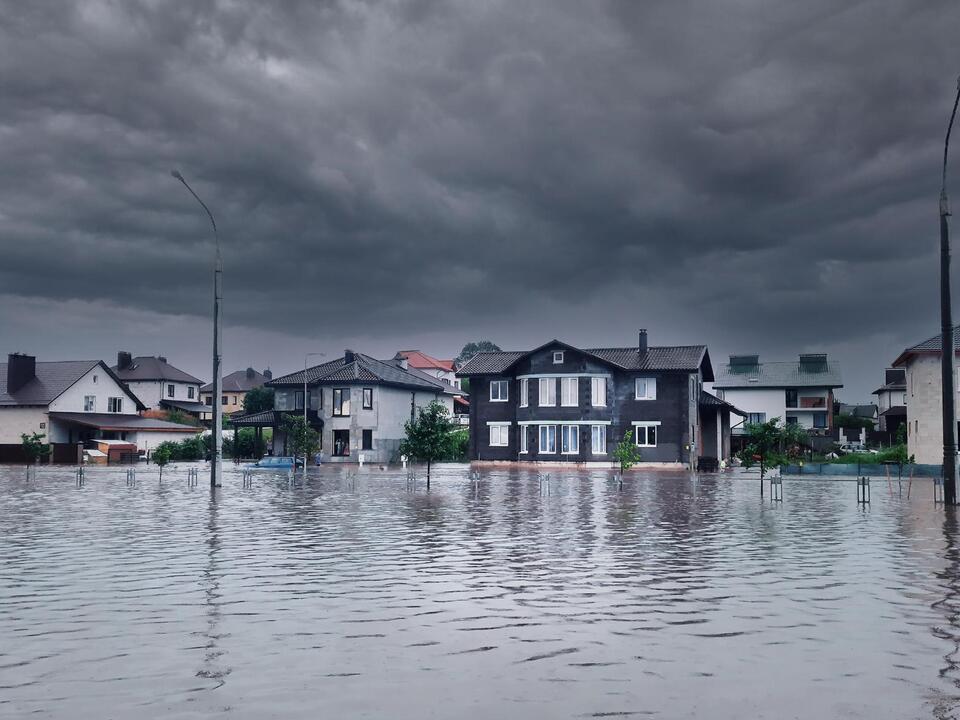Physical Address
304 North Cardinal St.
Dorchester Center, MA 02124
Physical Address
304 North Cardinal St.
Dorchester Center, MA 02124

As extreme weather events become more frequent, U.S. homeowners face an increasing array of financial and environmental challenges. A recent report from Bankrate reveals that over 26% of homeowners feel unprepared to cover the costs associated with potential damage from severe weather. Among those surveyed, 14% expressed being somewhat unprepared, while 12% identified as very unprepared.
This finding is particularly concerning as the current hurricane season reaches its peak. Dr. Jeremy Porter, who leads climate implications research at First Street, points out the alarming intersection of unpreparedness and rising climate risks in the country. He notes that many people may not fully grasp the potential financial fallout from extreme weather events.
The Bankrate survey paints a stark picture of homeowners’ financial readiness in a climate landscape marked by increasing temperatures, an active hurricane season, and more devastating wildfires. As climate-linked disasters escalate in frequency and severity, homeowners may have to pay more through rising insurance premiums and costs associated with repairs and preventive measures.
The survey further highlights that 15% of homeowners would struggle to pay their insurance deductible following damage from extreme weather without going into debt. Financial vulnerability is especially pronounced in the South and West regions, where 29% and 28% of respondents, respectively, reported unpreparedness to handle extreme weather events.
Shannon Martin, a Bankrate analyst, notes that residents in the South, where home insurance policies are more prevalent, face increasing financial burdens, partly due to lower average income levels in these areas.
The insurance market itself is changing rapidly. Major insurers, including Allstate and State Farm, are pulling back from regions known for fire and coastal flood risks, opting to raise premiums instead. This shift makes coverage increasingly unaffordable for homeowners. Porter predicts that insurance rates will continue to rise, reflecting that climate-related risks remain inadequately factored into the real estate market.
According to the Bankrate survey, 7% of those polled lack homeowners insurance, with this figure rising to 15% among individuals earning less than $50,000 a year. The Insurance Information Institute estimates that 12% of homeowners went uninsured in 2022.
As unprecedented weather conditions continue to challenge many Americans, understanding personal risk is vital. Andrew Kruczkiewicz, a senior staff associate at the National Center for Disaster Preparedness at Columbia University’s Climate School, stresses the importance for homeowners to recognize risks they may not have faced in the past.
Data from the Bankrate survey revealed that 43% of homeowners had not undertaken any measures to safeguard their properties from extreme weather damage in the last five years. Conversely, only 9% reported investing in weather-proofing efforts. Yet, the survey indicated an increasing awareness of weather-related risks among homeowners, with 39% reviewing their insurance policies to ensure adequate coverage.
Martin encourages homeowners to connect with their insurance providers for policy reviews, noting that coverage for hazards like floods or fires can change from year to year. Additionally, she recommends using tools like Risk Factor from First Street and Climate Check to assess individual property risks and explore less costly preventive measures.
For some homeowners, relocation has become a consideration. The Bankrate survey found that 7% of respondents had moved to a lower-risk area to mitigate extreme weather threats. Although this trend is minor at the moment, Porter anticipates a gradual increase in climate-informed decision-making among homeowners.
One example is Joe Printz, a wine shop owner from New York. After purchasing a home made from repurposed shipping containers in Napeague Harbor in 2021, he and his partner are contemplating selling it due to concerns about potential flooding. While they believe their “Beach Box” is resilient against extreme weather, concerns linger about its proximity to the coast.
Predictions from local coastal resiliency reports indicate a 60% likelihood of a significant coastal flood affecting Printz’s area within the next 30 years, along with projections that sea-level rise could alter the landscape of East Hampton into isolated islands as early as 2070. Consequently, Printz plans to improve his property and possibly sell in the next few years to avoid future risks.
Source: Bankrate



